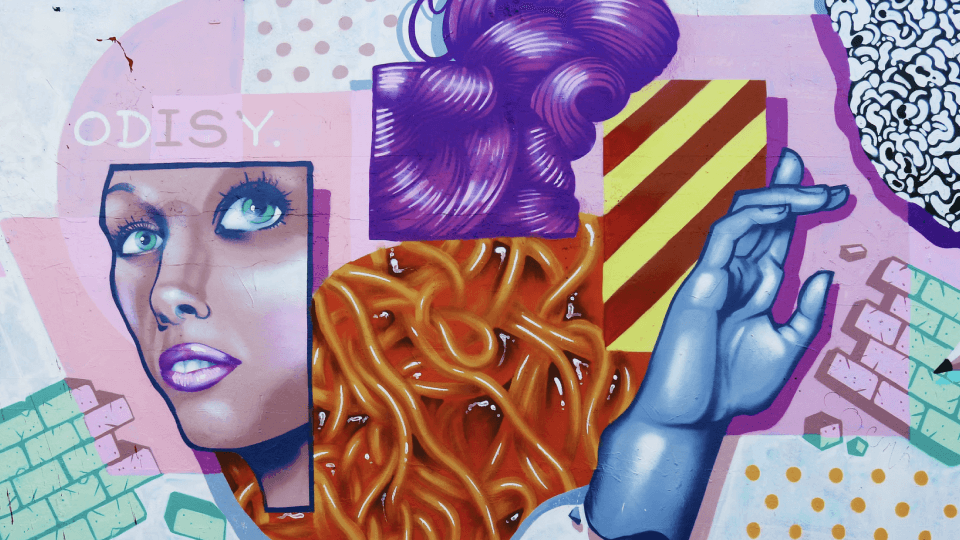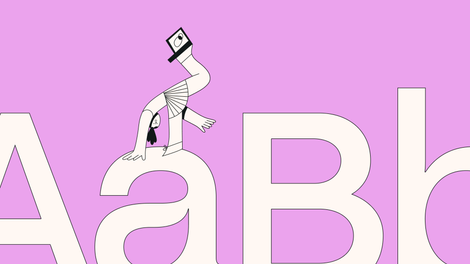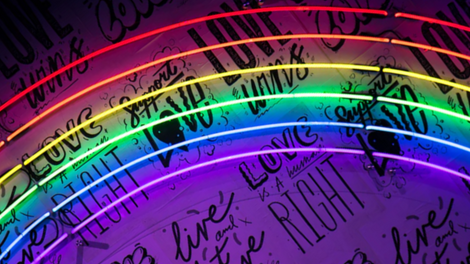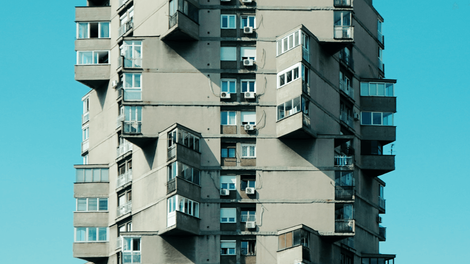It is overstuffed, glorious, maximal! It's the era of maximalism, and it's a great design style you can use in your illustrations, websites, or even typography. Read on to learn more about the maximalism trend and whether to hop on or steer clear.
Jumpstart your ideas with Linearity Curve
Take your designs to the next level.
What is maximalist design?
It's the idea that more is more. There are no rules. It's unabashedly anti-minimalist. At some point after gaudiness, lavish opulence, brutalism, "on-steroids design," and "on-acid design," you have design that is presupposed on the idea of 'more is more,' and nothing else. It's really quite simple. Ok, blog post over!
Not quite. Stick with us, and we'll take a look at the designs that hold a candle, nay, a flamethrower, to the philosophy of maximalism. We'll take inspiration, we'll put on our art critic hats, and judge at the end, whether maximalist is the way of the future or if it's just a bit too much.
Maximalism’s core components
More color
Bold, brave color is arguably the first "rule" of maximalism. Although some maximalist work doesn't have more than two colors, most include a plethora of bright tones. These tones often clash playfully, presenting an optically confusing but exciting sensation.
However edgy these colors are, usually they are designed to contrast against a relatively muted background, or a common thread of color might be woven within.

This maximalist floral print has a variety of bright colors, highlights, and outlined objects. It creates a sense of depth with the high contrast. However, throughout, the indigo background ties everything together as a pattern that might repeat many times over a design.
More art
Using different art styles together that aren't normally combined is classic maximalism.
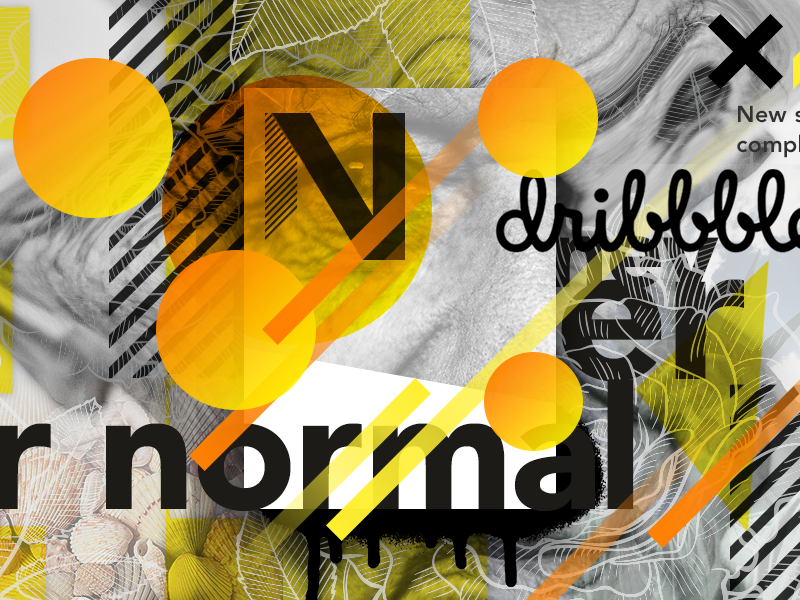
This maximalist piece combines several art types into one. The artist includes floral or natural patterns, geometric or postmodernist designs, and somewhat surrealist photography/collage as a backdrop. Collaging different art styles is a way to add texture and create a sense of additional materials. By using bright tones, and different saturations with the foreground and background, the illusion of depth is achieved.
A chaotic feeling is created, but not without a balancing sense of order brought by the large geometric shapes in the foreground.
More decorations

In interior design, consider if more pattern and decoration can be a means to fill up those spaces. Don't leave plain white walls. Add some texture elements, color, and lots of different dimensions to make space feel 'full.'
With graphic design, a similar feeling is achieved when you fill up the white space. It's not the time to hold back if you like a particular pattern or want to try yet another layer of texture built-up on top.
Vintage, paper, textured materials
Think old books.
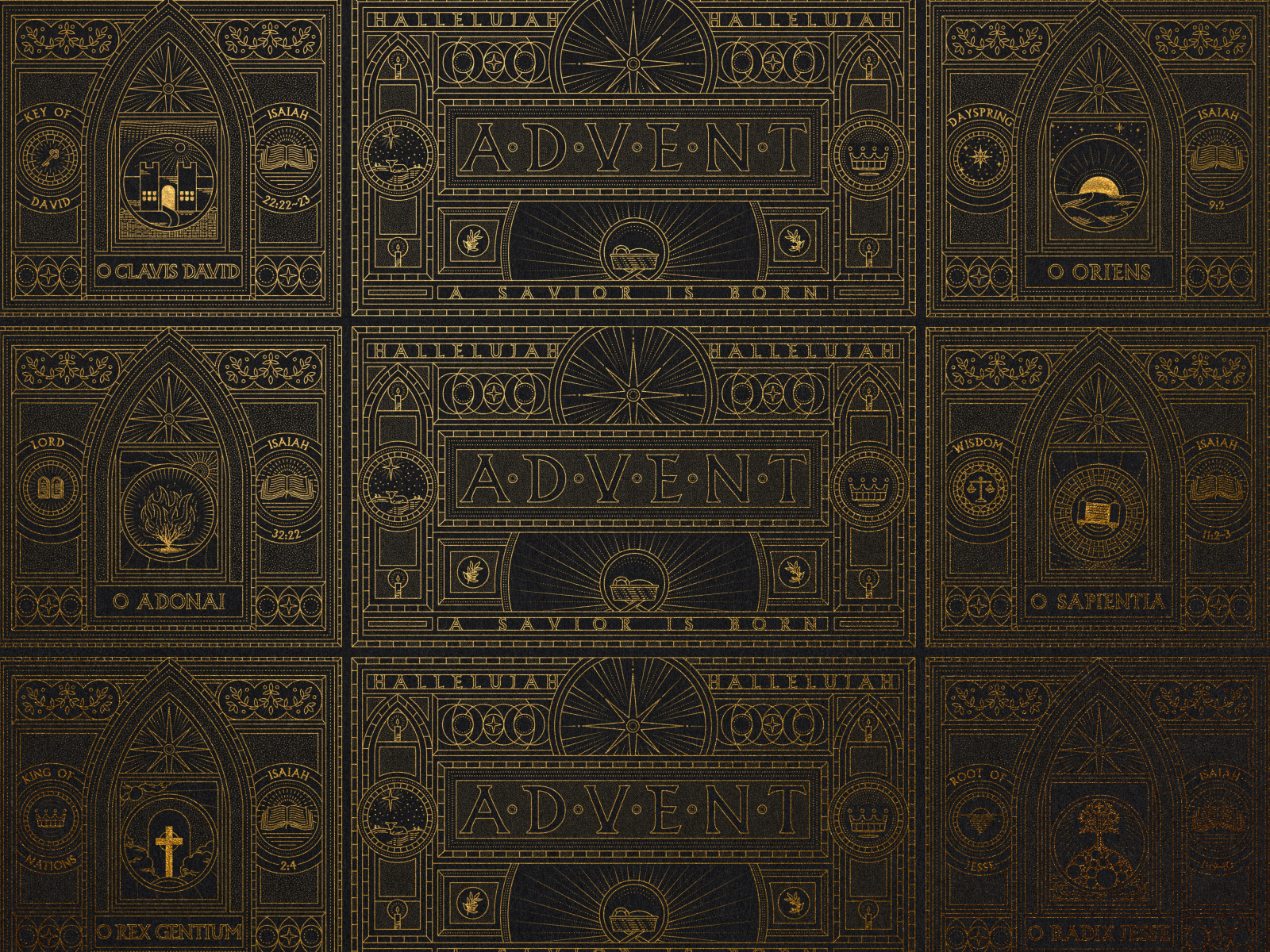
In this maximalist style component, we see relatively muted colors, but the background pattern more than makes up for the lack of color contrast. If you look carefully, you'll see a worlds-within-worlds effect in the patterns, almost as if it's a quilted story, trying to convey a narrative.
In interior design, maximalism often makes use of books, as book designs can be just as varied as any other material or pattern. When looking at this design, we remember old, gold decorations on leather-bound books.
Whether you're using a leather-like texture or bold colors, maximalism is about creating a sense of richness, fullness, and banishing empty space. This design fills every empty area with some kind of design, so anywhere you look, there's something interesting to discover.
Unleash Your Creative Potential in Design
Discover the endless possibilities of illustration in design. Learn how our tools can help you create stunning, unique designs effortlessly.
Create a sense of organized chaos
Tie everything together with your design. After filling it up with colors, you can later add additional elements to create a unifying motif. Whether it's geometric shapes, backgrounds, or human figures, most maximalist designs have at least one layer that represents order or unifies the design.
In other words, it isn't total chaos. There are one or two elements that tie together. You can use the same color, a tiny bit of negative space, or a human figure.
The human figure in this image calls upon some emotion (maybe a dab-in-progress?). It's a focal point from which we look to the rest of the design for clues to how it should make us feel. The black and white pixelated barcode-like objects create part of a frame.
These black and white shapes enclose the reds, blues, and brown colors of the other shapes and contribute a sense of order contained within the chaos- (or is it the other way around?)
How maximalist interior decor intersects with graphic design
Optical illusions

Where "organized chaos" in décor means to add many different types of fabric, shapes, and objects to a scene, maximalist graphic design should create optical illusions. You can confuse your viewers with intricate designs, overlapping designs, and items that would otherwise clash without your steady, organizing hand.
Your critics should say, "I should hate it, but for some reason, I can't put my finger on, I love it."
Inspirational colors

With interior design, maximalist spaces are bold with color. Graphic designs that follow the maximalist style should be no different. Bold, loud, brash colors should almost be too much, but somehow still harmonize with each other.
This year, subtle, muted tones, as well as pastel color palettes are in style, and we love them too. But contemporary artists are taking the, well, decidedly opposite approach as well. By combining lots of color with a lack of white space, the maximalist design stands in stark contrast to minimalist.
This year's Pantone colors were a good example of this duality. One vibrant, saturated color, illuminating (yellow), stood in contrast to the relatively common color, ultimate grey.
If you choose the route of joyful maximalism, focus on using brave colors with similarly bold patterns. Even a black and white pattern or two fits perfectly into a maximalist design. Some designers are incorporating QR codes, barcodes, or labels into their designs.
Is black a color? The debate continues, but background patterns like these help the boldness of your primary colors pop even more.
Collages vs. wall art
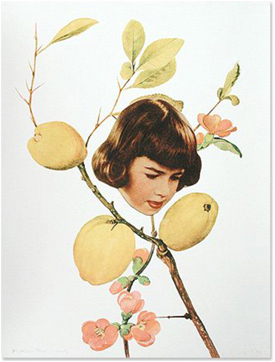
You've seen the collages of thousands of images that together make up a single motif. Whether the zoom-out is a facsimile of the earth or a recognizable portrait of a notable figure, this is an example of millennial maximalism. Using machine learning, patterns can emerge from relatively random images.
Get creative with our ready-to-use templates.
Linearity Curve offers templates for every social media platform and various use case templates for posters, business cards, slides, app store screenshots, and more.
Collages are one of the best examples of maximalism because every image can represent an individual story. Where the selection of stories intersects, we have the emergence of a new idea.
Software layers vs. physical layers

Maximalism is about creating chaos. The chaos creates something, and there is an emergence of an idea or a feeling from many different contrasting elements together. To bring together a string of order out of the overall chaos of optical illusions, bold colors, and perhaps even image collages, you're going to need to make use of layers.
These layers might be incredibly subtle. Perhaps every layer except for one is total, complete chaos. Create a border around the chaos, and drop the saturation just a bit for the surround. You won't need much.
Postmodernism
Maximalists love to incorporate postmodern elements into their designs.

Take a look at this mural, an ordinary building turned maximalist postmodern masterpiece. The original structure was probably quite boring to look at, but after some bright optical illusion patterns, the artist created the sensation of overly extended window sills and many different levels of depth.
We hope by now, you're inspired to take maximalism to the next frontier yourself. Maximalist designs are actually quite easy to create in today's modern vector graphics software. Import some patterns you like into Vectornator using the Auto Trace tool. Then, sketch some geometric shapes, add more layers, and duplicate everything.
With many maximalist designs, you'll need to keep track of a wide variety of colors. You won't want to use too many shades of the same primaries. So that's why Vectornator's color palette can be ever so useful.
It might even make sense to keep all of your similar-color shapes on individual layers. With unlimited layers, you don't have to worry about managing hundreds or even thousands of shapes.
Image Source: Hattie Stewart
Play around with lines, geometric shapes, and free-flowing objects. With the brush tool, you can even create vectorized brush strokes, just like famous Hattie Stewart's comic-like doodling on top of popular magazine covers.
We can't wait to see what brilliant maximalist designs you come up with! You can even submit them to us, and we'll show them here on our blog from time to time to inspire others. Just download Vectornator to get started on your next wild maximalist design!
Jumpstart your ideas with Linearity Curve
Take your designs to the next level.
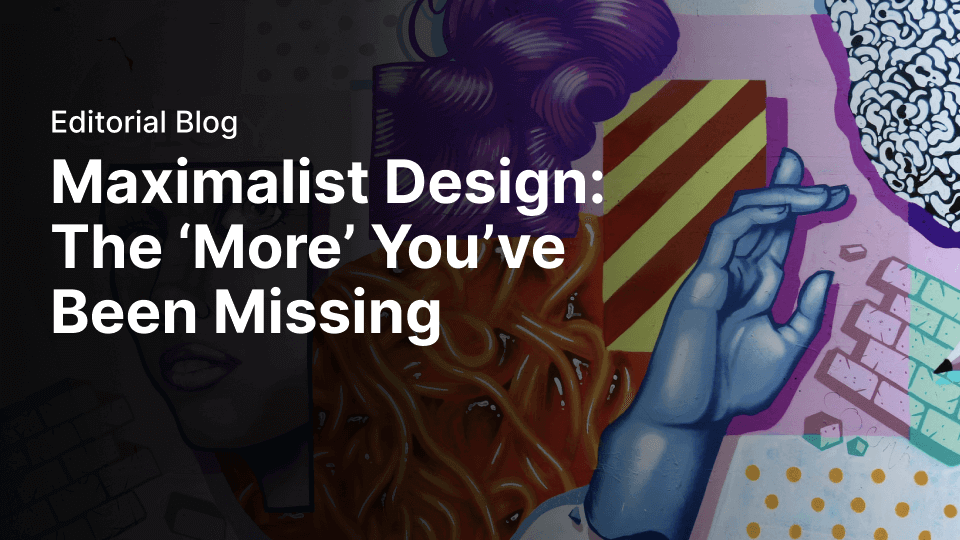
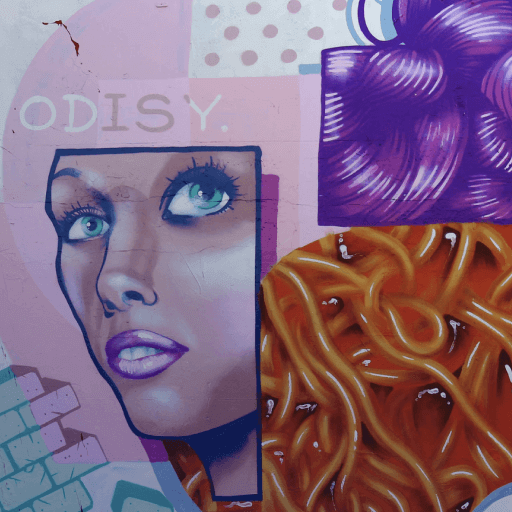
Share this!
Ben Barnhart
Ben is a Content Lead for Linearity living in Berlin. His hobbies include board games, cooking, reading, and writing.


:quality(75))
:quality(75))



:quality(75))
